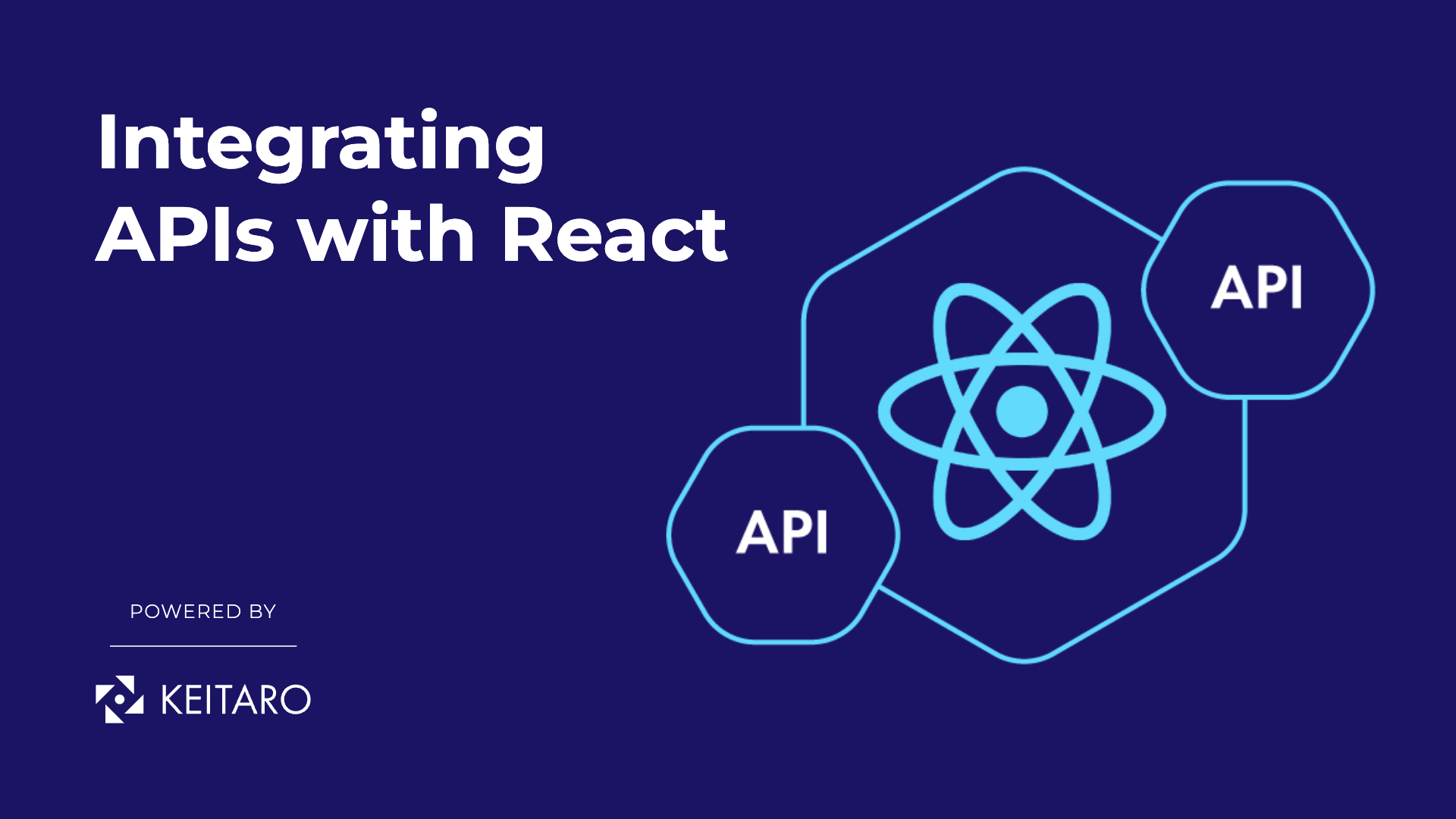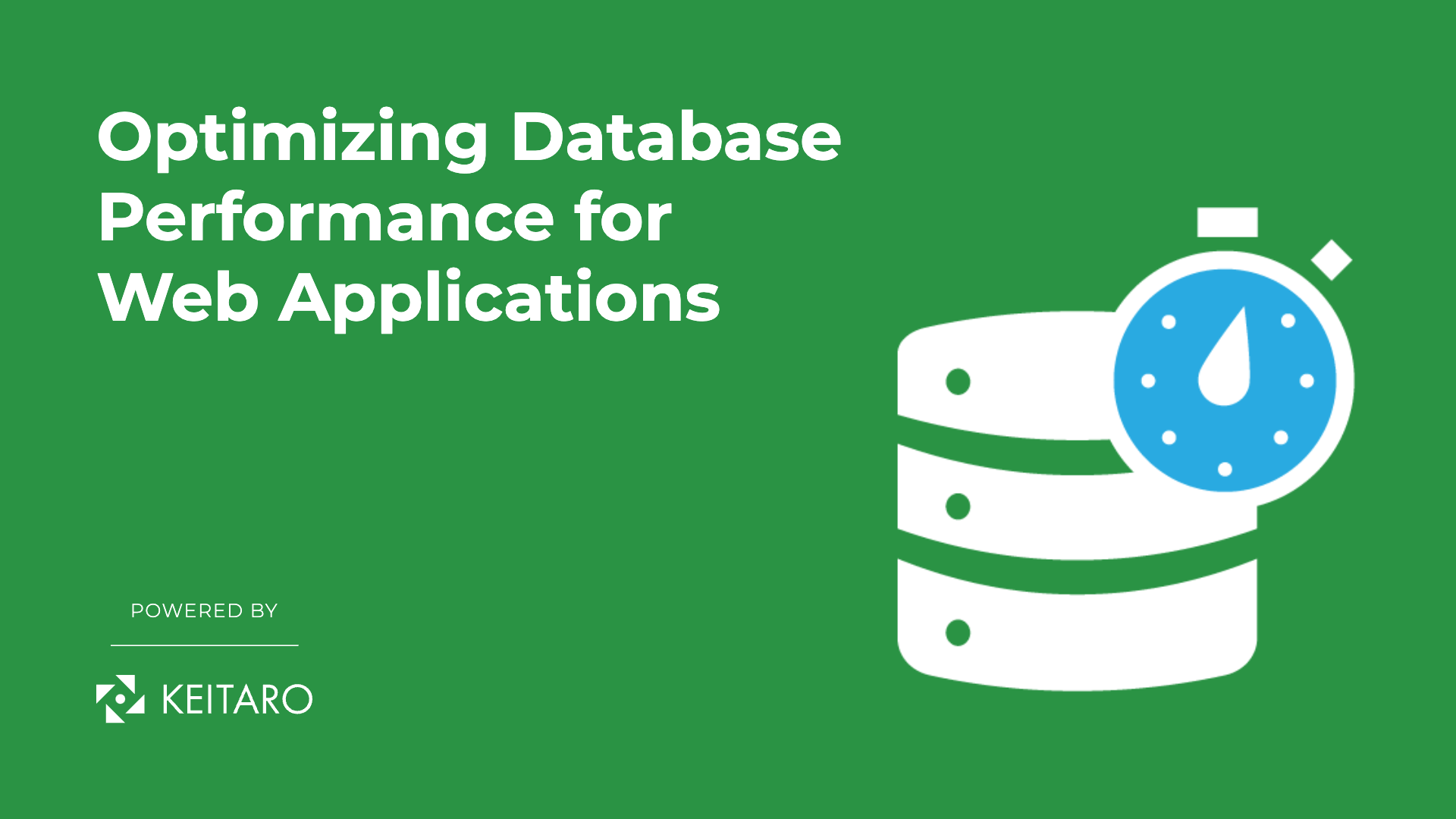React excels at building dynamic and interactive user interfaces. But to truly bring your app to life, you often need to fetch data from external sources, typically through APIs (Application Programming Interfaces). This blog post will guide you through integrating APIs with React, covering how to fetch data and handle the responses effectively.
Fetching Data with React
There are several ways to fetch data in React applications. Here are two popular approaches:
- Using the Fetch API: Built into JavaScript, the fetch API provides a straightforward way to make HTTP requests. You can use fetch within React components, typically inside the useEffect hook to manage the lifecycle of the data fetching process.
- Using Libraries like Axios: While fetch is good for basic requests, libraries like Axios offer a more robust solution. Axios simplifies making API calls by offering features like automatic JSON parsing and interceptors for error handling.
Handling the API Response
Once you’ve fetched the data, you need to handle the response in your React component. This involves managing three key states:
- Loading State: While the data is being fetched, it’s essential to display a loading indicator to inform the user that the application is working.
- Success State: When the data is fetched successfully, you’ll use it to populate your component’s UI. This might involve rendering lists, displaying details, or creating interactive elements.
- Error State: If the API call fails, you should gracefully handle the error and display an appropriate message to the user. This could involve retrying the request or providing instructions on how to troubleshoot the issue.
Here are some best practices for handling the API response:
- Use state variables: Manage the loading, success, and error states using React’s state management system.
- Conditional rendering: Conditionally render the loading indicator, fetched data, or error message based on the current state.
- Error handling: Implement proper error handling mechanisms to catch potential issues during the API call and display user-friendly error messages.
Beyond the Basics
While fetching and handling basic API responses is essential, there’s more to consider for robust React applications:
- Caching: Implement caching mechanisms to store frequently accessed data locally, reducing unnecessary API calls and improving performance.
- Optimistic Updates: For a smoother user experience, consider optimistic updates. This involves temporarily displaying the expected data while the API call is ongoing, then updating it with the actual response.
- Data Fetching Libraries: Explore libraries like React Query or SWR that provide advanced features for managing data fetching and caching in React applications.
By following these guidelines and exploring advanced techniques, you can effectively integrate APIs with your React applications to create dynamic and data-driven experiences for your users.
Code Example (Using Fetch API)
Here’s a JavaScript example of a React component that fetches data from an API and displays it:
import React, { useState, useEffect } from 'react';
function ApiExample() {
const [data, setData] = useState([]);
const [isLoading, setIsLoading] = useState(false);
const [error, setError] = useState(null);
useEffect(() => {
const fetchData = async () => {
setIsLoading(true);
try {
const response = await fetch('https://api.example.com/data');
const result = await response.json();
setData(result);
} catch (error) {
setError(error);
} finally {
setIsLoading(false);
}
};
fetchData();
}, []);
return (
<div>
{isLoading && <p>Loading...</p>}
{error && <p>Error: {error.message}</p>}
{data.length > 0 && (
<ul>
{data.map((item) => (
<li key={item.id}>{item.title}</li>
))}
</ul>
)}
</div>
);
}
export default ApiExample;


